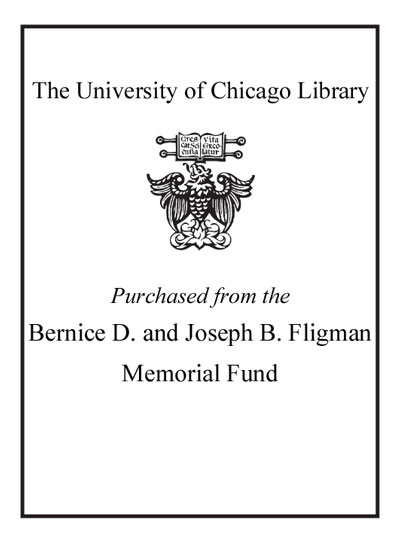| Summary: | Excavations at the Clarendon Centre, Oxford, have provided an insight into the crafts and trades operating adjacent to the wealthy merchants' households and inns of the north-west quadrant of the medieval city centre. With trenches situated over former 'back yard' areas away from the main thoroughfares, the bulk of the evidence derived from pits and wells. Finds indicate a vibrant and busy Norman and early medieval settlement, with a dramatic decline in the 14th century, reflecting a wider contraction of both the economy and demography of Oxford. Medieval finds reflect industries primarily based around the use of animal waste products; two'lunette knives' are associated with vellum or parchment making. Other small-scale or domestic industries are indicated by metal-working residues, glass manufacturing waste, evidence for possible cloth dyeing or winemaking, and lime burning associated with hide preparation or for mortar manufacture. Alongside these industrial residues, faunal evidence suggests relatively high-status dining, with deer and porpoise appearing on the table, alongside marine fish. High-status tableware is reflected in the presence of imported medieval glass.0Arguably the most remarkable find from the site is that of a cache of antler and bone-working waste recovered from the 14th-century backfill of a masonry-lined well; evidence for antler-working at this period is exceptionally rare. Examples of decorative antler work include carved items which mimic architectural designs such as window tracery, in miniature. From the 18th century onwards the continuing proximity of inns fronting Cornmarket Street, which were first established in the medieval period, is reflected in assemblages of pottery, glass and clay tobacco pipe recovered alongside masonry remains of the buildings themselves.
|
|---|

